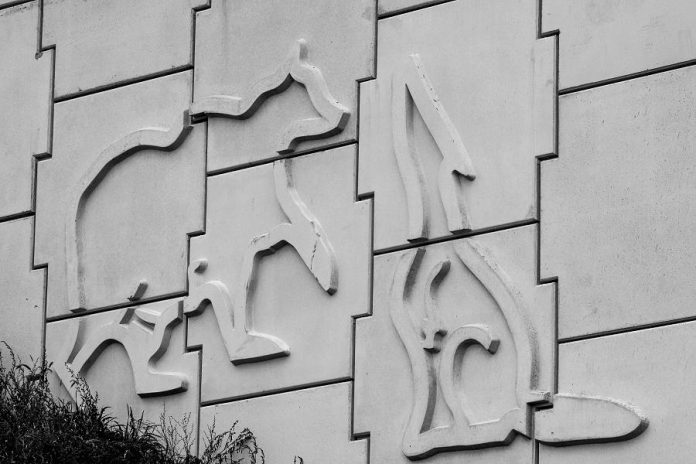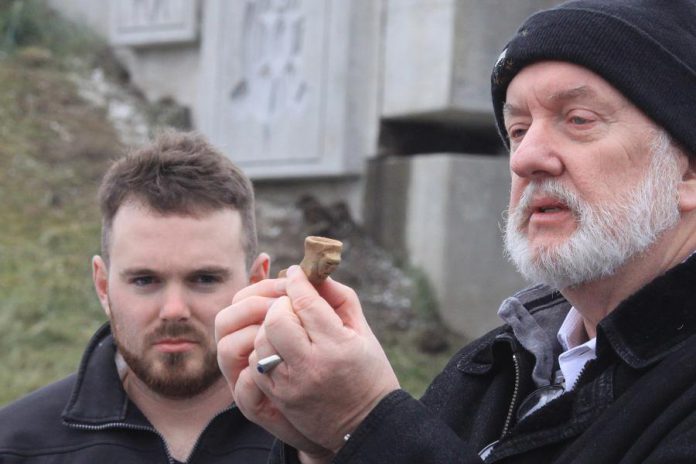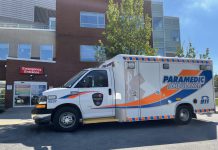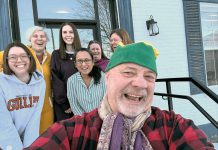
The Huron-Wendat First Nation was honoured at a commemoration ceremony last week, which included the unveiling of embossments on the new Solina Road bridge in Clarington.
The Huron-Wendat was a confederacy of eight clans of Iroquoian-speaking nations. It was Huron-Wendat Chief Donnacona who, at Stadacona (a 16th-century St. Lawrence Iroquoian village near present-day Québec City), welcomed the explorer Jacques Cartier during his journey in search of the Indies in the 1530s.
Five of the Huron-Wendat clans, comprising about more than 100,000 Huron-Wendat, lived in what is now Ontario, with their territory extending from Lake Nipissing in the north to Lake Ontario in the south, and from Île Perrot in the east to Owen Sound in the west.
As many as 3,000 members of the Huron-Wendat Nation lived in present-day Durham Region, growing corn and other crops.

In around 1650, the Huron-Wendat clans were dispersed by the Haudenosaunee (Iroquois, or “People of the Longhouse”). The Huron-Wendat descendants in Canada now mostly live on the Wendake Reserve north of Québec City, which represents four of the eight clans.
The Solina Road bridge, located between Taunton Road and Concession Road 6, was constructed as part of the Highway 407 East Phase 2 project that is extending the 407 to Highway 35/115.
The embossments on the bridge — turtle, wolf, bear, and deer — represent the four clans of the Huron-Wendat Nation at Wendake.
More than 800 archaeological sites, mainly located in southwestern Ontario, mark the ancestral territory of the Huron-Wendat. Archeological work conducted before the construction of Highway 407 East Phase 2 found some 150,000 items.

While many of these items were pottery fragments, other items recovered included clay pipes and beads made of sea shells from the Atlantic coast and rocks found only in Quebec, which showed the extent of the trading relationships between indigenous peoples that existed before Europeans settled the area.
At the commemoration ceremony held on Tuesday, November 14th, Dr. Louis Lesage represented the Huron-Wendat Nation. Representatives from Blackbird Infrastructure (the company building Highway 407 East Phase 2), the Ontario Ministry of Transportation, and Infrastructure Ontario were also on hand to mark the occasion.



























